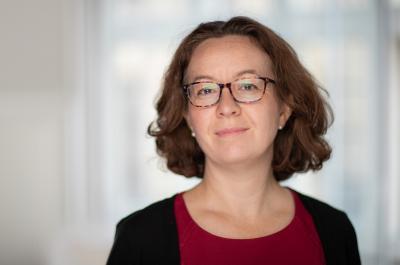The Future of Development Cooperation
What Will Development Cooperation Look Like in 2025?
What role will the private sector play in aid – will it signal the death knell of public aid, be an effective source of development finance, or be a dramatically new business model for doing development? What about South-South aid? GEG Senior Researcher Nilima Gulrajani recently attended an event at the Centre for Aid and Public Expenditure at ODI that took stock of changes affecting the development cooperation industry and envisioned new directions for the sector. A full summary can be found below.
Event Summary
GEG Senior Researcher Nilima Gulrajani attended the Centre for Aid and Public Expenditure at ODI’s recent conference ‘Old Puzzles, New Pieces: Development Cooperation in Tomorrow’s World’. The event intended to take stock of changes affecting the development cooperation industry and envision new directions for the sector.
The multi-panel event brought together a number of stakeholders in the aid field and elaborated on key trends in the field, including:
• Progress in low income countries, as evidence by a number of countries graduating to middle-income status and a reduction in aid dependency;
• Growing community of development actors, including Southern donors, philanthropic associations and corporate actors;
• Innovative financing mechanisms driven by climate finance initiatives and global financial innovation
While most could not quibble with the reality of these trends, more controversial was the discussion on the kinds of responses such changes should demand from aid agencies and NGOs. Many suggested that traditional actors needed to quickly adapt or risk stagnation at best, irrelevance at worst. For example, a number of sessions focused on the growth of the private sector in aid, suggesting that they could signal the death knell for aid agencies by reducing public support for aid and providing a wider array of alternatives to aid recipients. But surely there is a need to examine whether private sector involvement is an effective source of development finance or even a dramatically new business model for doing development? Recommending adaptation to the latest aid ‘fad or fashion’ risks premature actions before it has been adequately understood and evaluated. There could potentially be merit to “sticking to the knitting” of aid-work, including maintaining core niche areas of expertise that have delivered lasting results (for example on human rights and democratic governance) and the core financing arrangements that have supported this progress.
South-South cooperation also featured heavily on the conference programme, with representatives from Brazil, Mexico, China and South Africa all speaking about the emerging institutional apparatuses for their aid agencies. Their discussion pointed to high levels of uncertainty and confusion over what the appropriate design of aid agencies should be and the need for guidance and knowledge of ‘best practices’. All of their comments, with the exception perhaps of the Chinese representative, spoke to the difficulties of defending an overseas development programme in the face of concern by domestic publics over poverty within their own borders. It also pointed to the strategic interests that dominate Southern cooperation, including advancing strategic geopolitical concerns on the global stage and branding countries as advanced and open for investment. Clearly, the mixed motives that characterize Northern aid-giving afflict Southern donors in equal measure. To assume otherwise is to simply ignore the one reality of aid that will probably never change.






